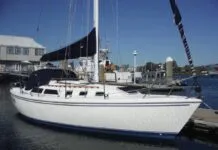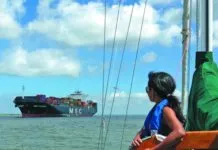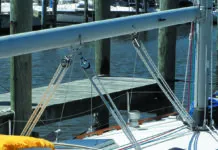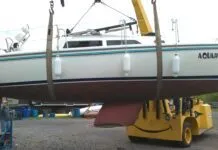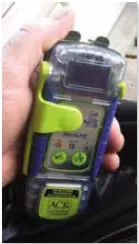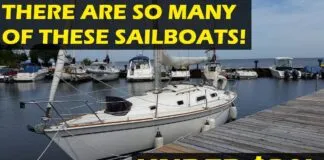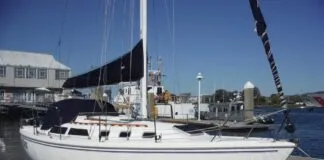Photos by Ralph Naranjo and Frank Lanier
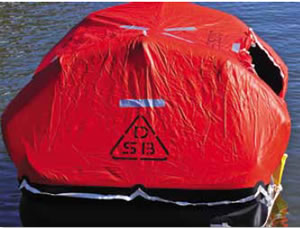
Im planning to take our Catalina 36 from our Chesapeake Bay homeport to Newport/Narragansett Bay. The trip may include offshore runs between Cape May, N.J., and Block Island, N.Y.-a distance of about 200 nautical miles, maximum offshore about 30 nautical miles.
Im deliberating what, if any, life raft I should have aboard for the trip, mainly for the offshore runs. Life-raft options that Im considering are: none; inflatable dingy lashed to the foredeck; coastal life raft (like the Revere coastal cruiser); full-spec offshore life raft. I have the usual VHF communication gear, as well as a radar, AIS, and a new Class 2 EPIRB. I would like your thoughts.
After the adventure, well probably stay mostly on the Chesapeake, except for a possible trip down the Intracoastal Waterway and a short hop across to the Bahamas.
Chuck Rushing
Catalina 36
Vienna, Va.
The run from the Chesapeake to New England is basically a coastal passage with many safe havens along the way. On a well-founded and sensibly crewed boat, we don’t consider a life raft necessary for this passage.
Photos by Ralph Naranjo and Frank Lanier
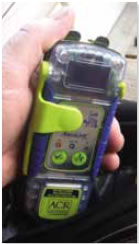
In our opinion, the full-spec offshore life raft is over the top for your needs. Having an inflatable dinghy on deck and ready to go (already inflated, easily accessible) is the most reasonable option, especially if you have only a few crew and because your future plans do not include any offshore passages. The dinghy will not be a secure platform for many people for long, but assuming your EPIRB works, you shouldnt be floating too long. You might also look into a personal locator beacon (PLB), as an EPIRB backup. (For more on PLBs and other personal messaging devices, check out the April 2010, October 2012, and March 2013 issues.)
A coastal life raft is a worthwhile option to consider if youll have small kids on board or if you want to be particularly cautious (and for that hop across the Gulf Stream, if you do venture to the Bahamas). If youre set on having an actual life raft, renting is your best option. We recommend researching life-raft service companies in your area to see whether any will rent a coastal raft to you for this trip. Renting a raft will give you peace of mind without your having to fully invest in a pricey raft that youll likely not need again.
If you decide to bite the bullet and buy a life raft, be sure to read our Survival at Sea ebook (available at www.practical-sailor.com), which details how to choose and equip a life raft.


